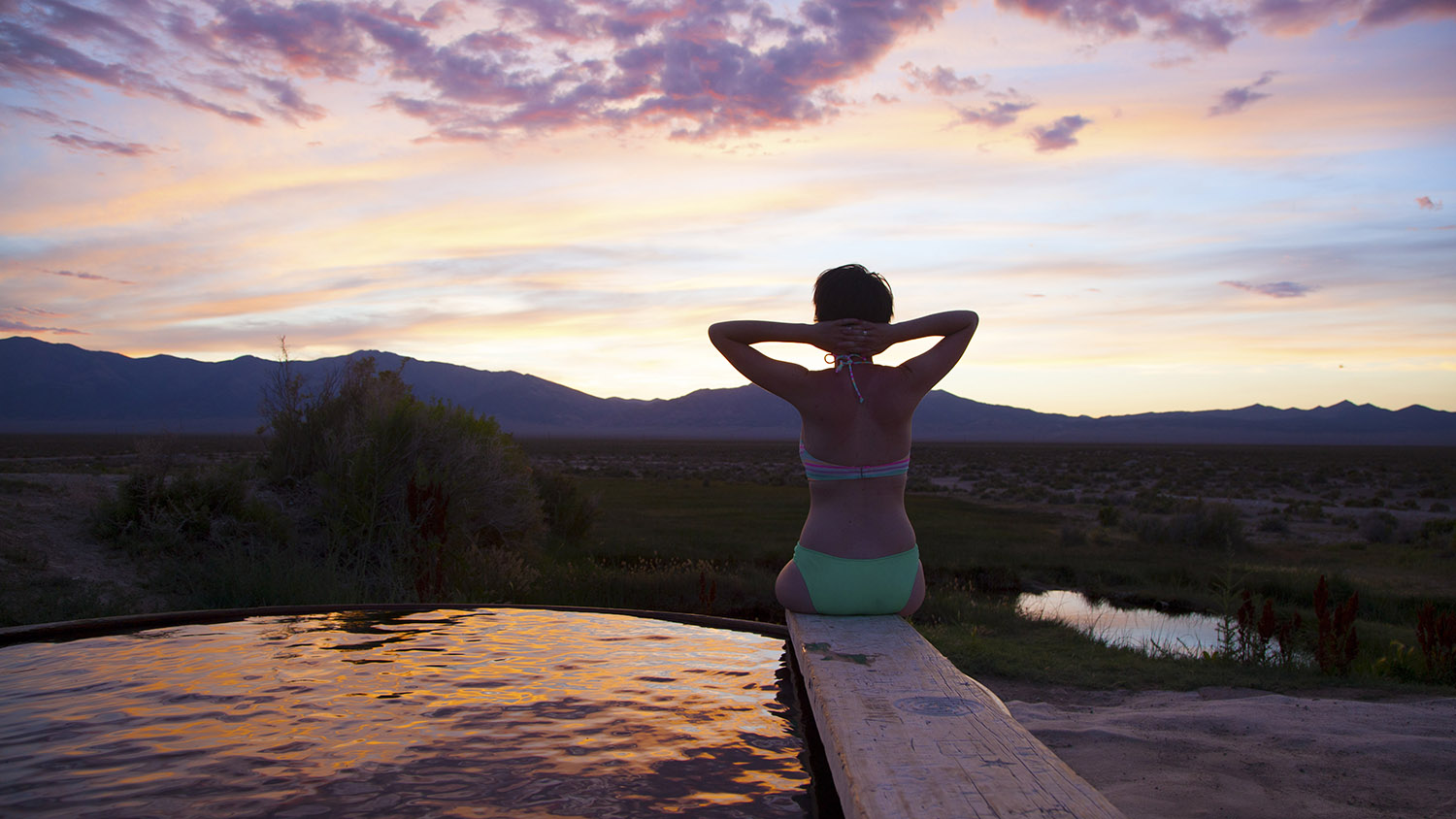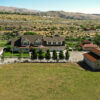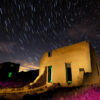With more than 300 naturally occurring hot springs and almost half a dozen warm-water resorts, Nevada has the most hot springs in the entire nation. From idyllic hot spots that require a keen eye and four-wheel-drive vehicle to more accessible water holes on public and private land, there’s a hot springs experience for every preference.
To get the scoop on how to hot springs link a pro, we interviewed Sydney Martinez, a photographer, writer, and hot springs ace who shares her Nevada adventurers on Instagram. Here are her tips and advice for those who want to go hot springs hunting.
What’s a good place to start researching hot springs locations to visit?
TravelNevada.com! There are lots of books and online resources out there as well, but a lot of them include bad information that could lead to an unfortunate situation. Be wary of information from untrusted sources. Just because it’s online or in a book published 30 years ago, it doesn’t mean that it’s OK to visit a specific hot spring presently. For starters, here are five natural hot springs worth chasing on public land that are foolproof and free reign to enjoy.
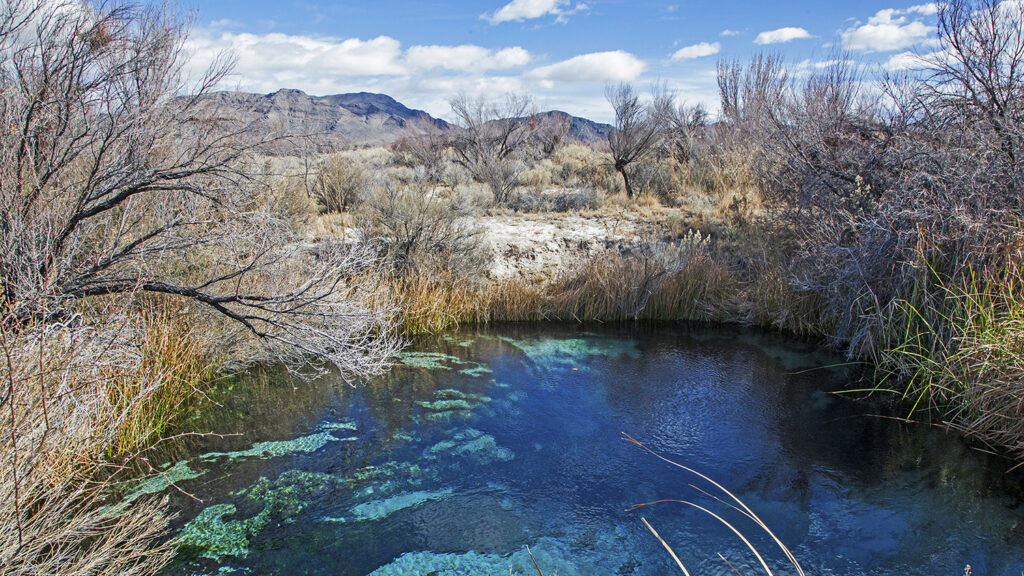
When’s the best time of year to visit hot springs?
We are lucky in Nevada. Even in summer months, the temperature drops in the evenings, making a dip in hot water on a cool night enjoyable any time of year. A few hot springs, such as Spencer Hot Springs, can be enjoyable no matter when you visit because you can control the source pipe and change the temperature. But, does it get better than sitting in a hot spring with snow all around you? Some of my best memories have been sitting in a remote hot spring in the middle of winter, where it’s so cold outside your hair is frozen, but your body is toasty below the surface. You can sit there for hours, eating snacks and drinking wine as the snow falls — what a way to feel alive.
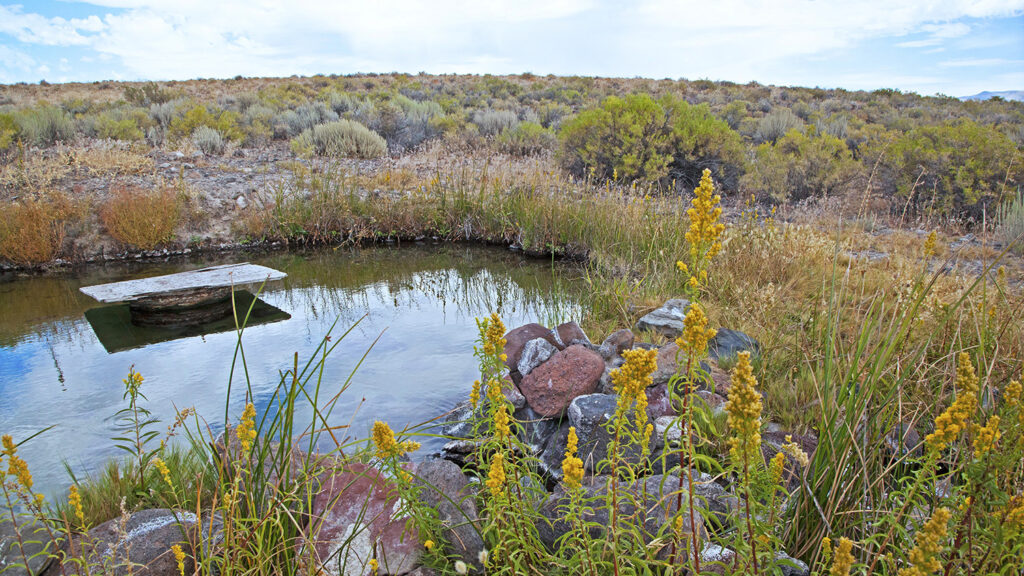
What are some water condition qualities people should know when they visit a hot spring?
Most of our hot springs in Nevada are clear, clean sources of water with a good flow. But, you should be aware of the temperature and critters.
Hot springs always change in temperature. Even your most trusted sources can change since you’ve last visited, so always be sure to test the water temp before jumping in. That goes for four-legged friends twice over. If you’re traveling with dogs, keep close tabs on them if they instinctually jump into large bodies of water.
Another good rule of thumb is to never put your head underwater at hot springs. There is a real brain-eating amoeba that likes to live in natural bottom hot springs. Usually, if it’s present, there will be signage with warnings. But generally speaking, I never put my head below the surface, natural or man-made bottom.
Watch out for Red Spider Mites—a real freaky creature found in natural bottom hot springs in northern Nevada and southern Idaho. These tiny, red spider-looking bugs like to live in mud bottom hot springs. They’re part of the chigger family, so they’ll bite you and burrow into your skin. A good way to check for these is to dunk your index finger in the water. If any tiny red bugs find your finger within 30 seconds, don’t get in!
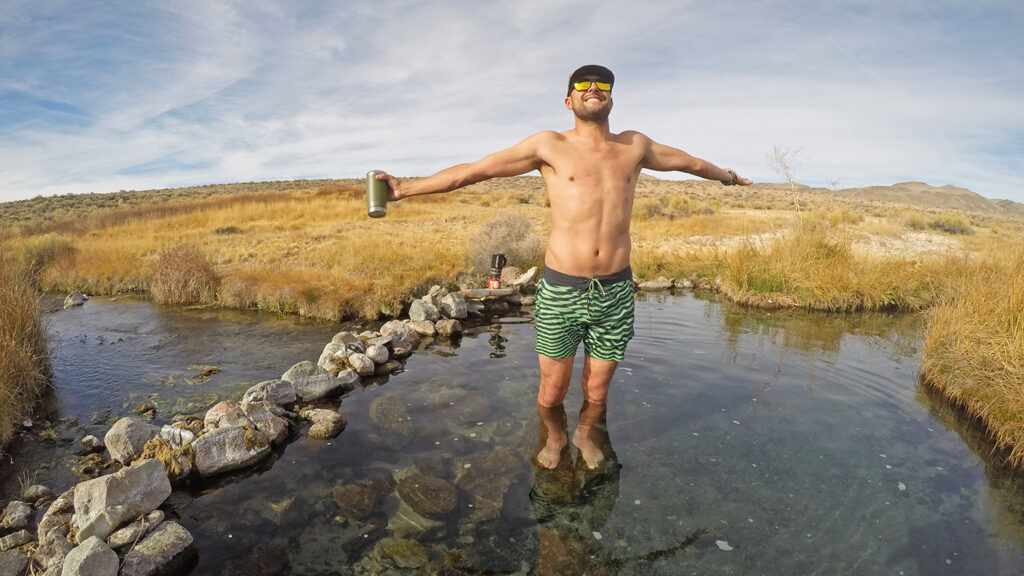
How difficult is it to access some of Nevada’s more well-known hot springs? Is a four-wheel-drive vehicle required?
Some, such as Spencer Hot Springs are super easy to access, and a place I would rate as drivable in any car. But, it’s also super remote and not near any major cities. It’s always my rule of thumb to travel prepared to survive, just in case. I never leave home without extra fuel, gear to swap out a tire, a full-size spare, water, and things to stay cool and warm if it comes down to it.
How would you describe the difference visiting a completely natural hot spring versus one that has a man-made vessel?
Some of the best hot springs are made from cattle troughs, or “cowboy tubs,” and are just as awesome as natural bottom hot spring. Each one is different and special in their own way.
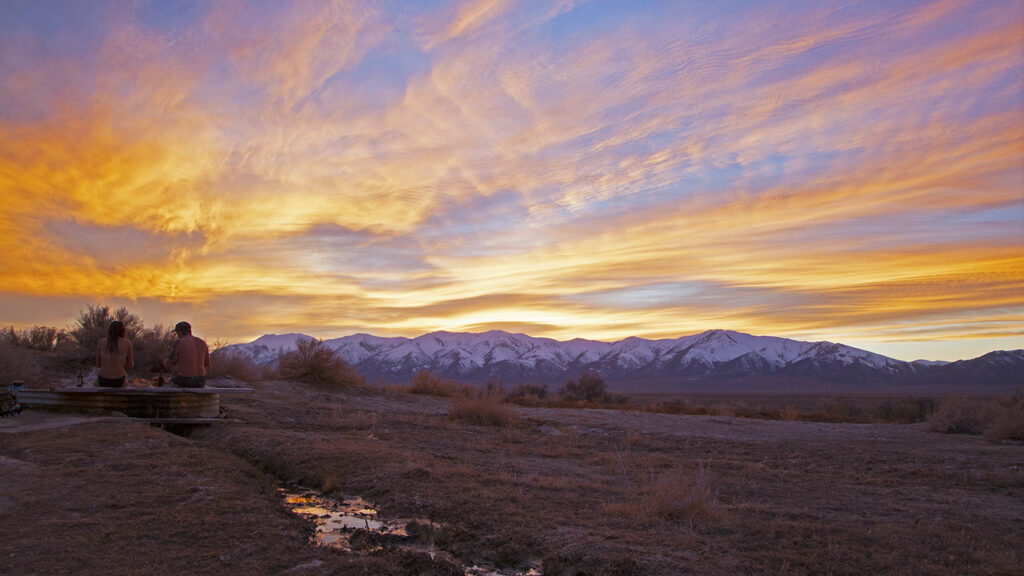
What supplies should people bring with them when they hot spring?
I always joke that when you’re traveling rural Nevada, you should probably bring winter boots, a bikini, and everything in between. For hot springing, it’s particularly true! I always tend to bring cozy boots that can withstand water and mud and shoes to protect your feet while you’re in the hot spring. Always pack multiple swimsuits. If you’re at a rural, natural hot spring, swimwear may not be required, but that’s up to personal discretion. Always bring a few towels, and I’ve never regretted bringing a bathrobe. A headlamp never hurts; neither does a thermometer gun to read the water’s temperature. Always carry an atlas, too. Glass is a no-go at hot springs, so also make sure that you’ve got a reusable mug or cup in your gear bag.
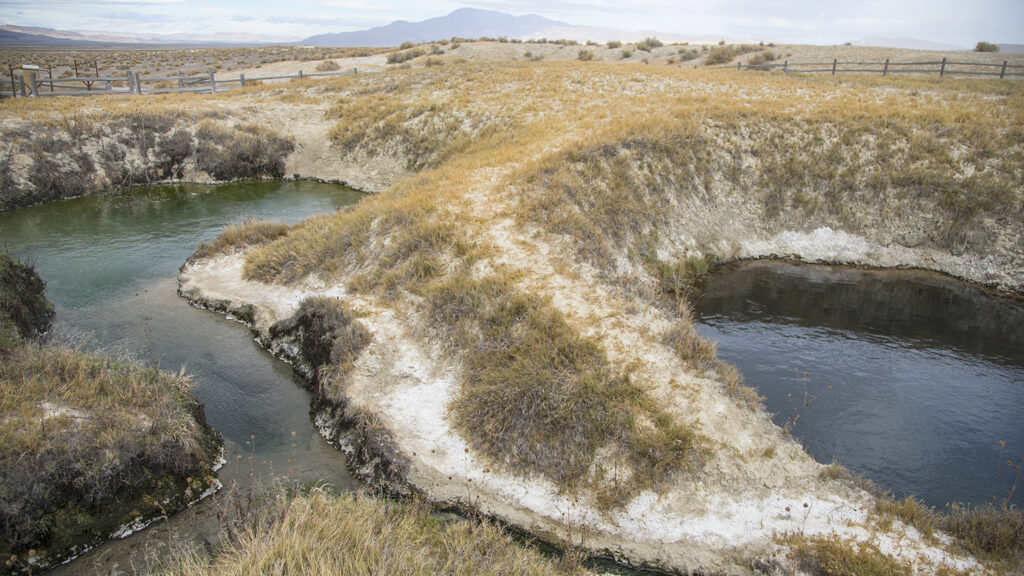
What are some etiquette points people should know before going to a hot spring?
Some of the best hot springs are on public land, and others lie on private property. In those cases, it’s been on the land for decades, and the rancher who manages the area doesn’t mind as long as you close gates and leave the land better than you found it. The fact that they’re letting you on to their property is pretty cool, so be sure to treat it as your own. That goes for public land too. Once you start tracking down hot springs, you’ll realize what a cool community it is. Contribute to that community and be a good steward of the experience and the environment. Don’t bring glass anything to a hot spring because broken shards can prevent you and everyone else from soaking. Remember, you’re soaking in a pool of water in an otherwise very arid climate. Many animals and species rely on the body of water you’re sitting in as a life source. Don’t ever camp right on top of the spring.
For more on etiquette and how to become a hot springs steward, read these articles: “Hot Springing Etiquette: 18 Rules to Know Before You Soak” and “10 Ways to Boast the Badge of a Hot Springs Steward.”
How about sharing photos of hot spring visits on social media? Any do’s or don’ts?
If you want to post a picture of a place, great! But, never, ever post the geotag on a natural hot spring, especially if it’s on private land or just a straight-up secret.
For more information about how to hot springs, visit travelnevada.com.
At Dickson Realty, our team of local experts knows about the best activities, events, and places to live in Northern Nevada. To learn more about how to enjoy the Reno/Sparks region, contact one of our Realtors today.

